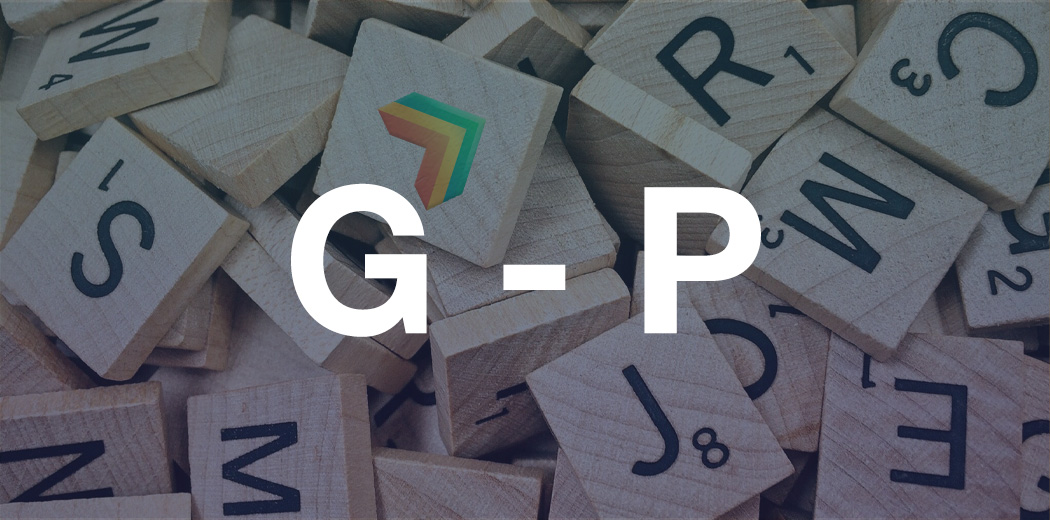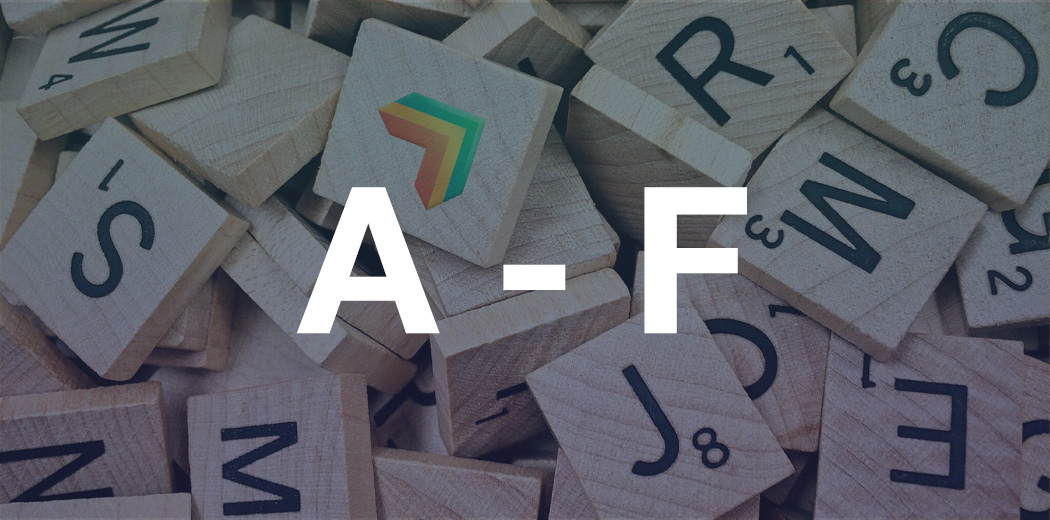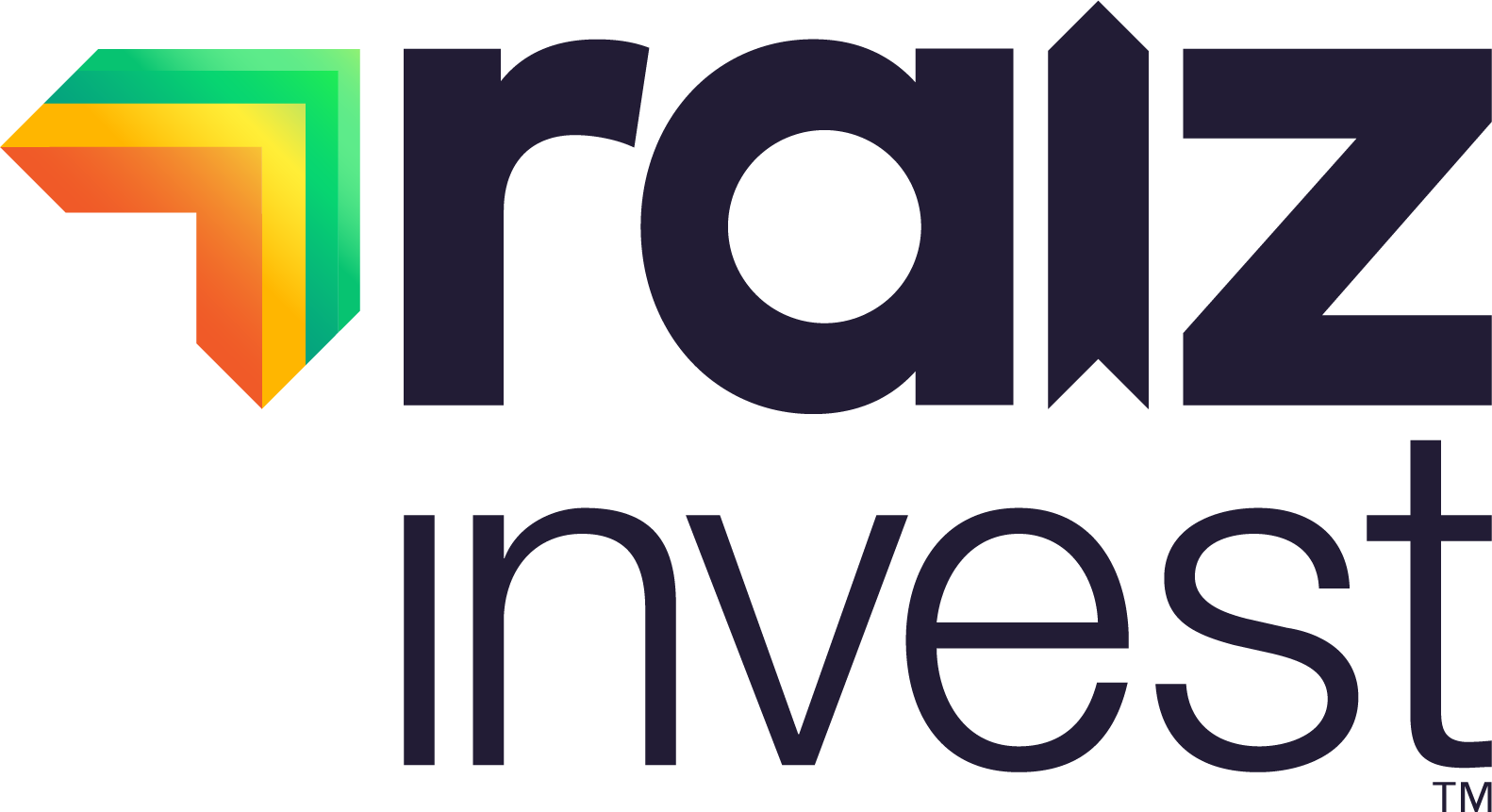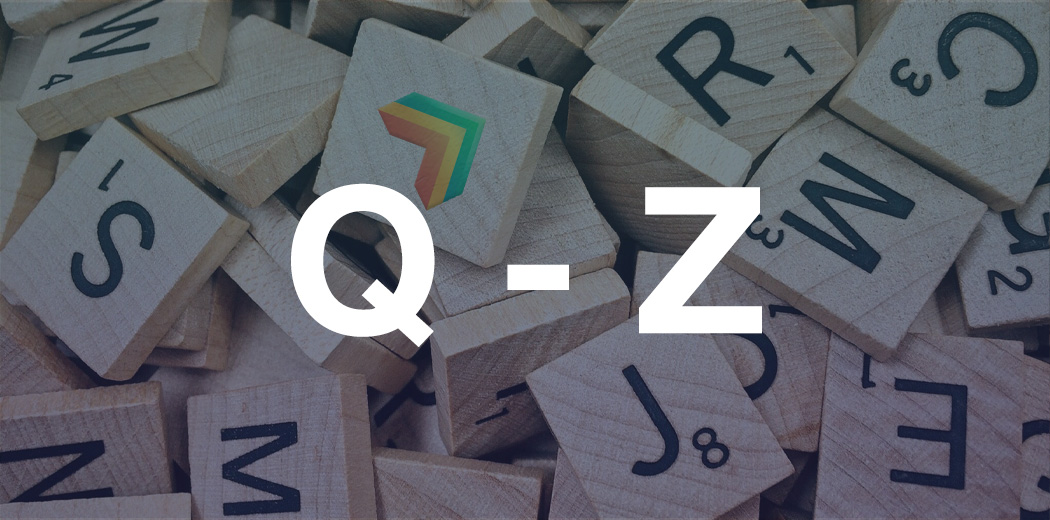Blog - Page 36 of 61 - Raiz Invest



21-12-2020
George Lucas, Raiz Group CEO
This week, the Australian dollar hit a two-and-a-half year high buying 76 US cents, hitting a level not reached since June 2018 and up from around 56 US cents at the depth of the pandemic this year.



Welcome back to the place where you can boost your financial lingo, knowledge and keep learning as you stay on the path of financial wellbeing.



On December 21st, Tesla will be making its much anticipated inclusion into the S&P 500 (an index which tracks the top 500 companies in the USA), meaning that Raiz investors will own a slice of the company through their portfolio.



At Raiz we know there can be a lot of complicated jargon and financial lingo thrown around the investing space, and we want to help you navigate through some terms that you might have heard in the media, around the water cooler, or perhaps just at the pub with your mates. Maybe you know all of them, maybe you know none, but hopefully this list can create a new level of understanding for you. We know there might be a lot to take in, so we are splitting this A-Z over three easy-to-read instalments.



7-12-2020
George Lucas, Raiz Group CEO
Last week has seen further evidence of a trend already underway for some time in the financial markets — the rally in equities and the decline in the US dollar. November was one of the best months on record for equity markets and also one of the worst in recent times for the US dollar.



As the COVID situation in Australia sees overall stability, our social life is beginning to slowly come back – but with it comes extra spending. We want to make sure we are staying healthy and spending time on our mental health, whilst also saving money.



Hello December! ‘Tis the season for the best calendars on the planet: Advent Calendars!
Welcome to the Raiz Advent Calendar! Let’s see how many of these you can stick to. They may not be sweet like chocolate, but here are some small steps that should help improve your financial waistline this holiday season.



This year Black Friday falls on the 27th of November but many brands are starting their sales early! You can browse a list of the deals that our Raiz Rewards partners are offering on our Raiz Rewards blog.



23-11-2020
George Lucas, Raiz Group CEO
The news this week will be the fight between the US Federal Reserve and the US Treasury that came to light on Friday, with Treasury Secretary Steven Mnuchin deciding to let several of the Fed’s emergency funding programs expire on December 31.




